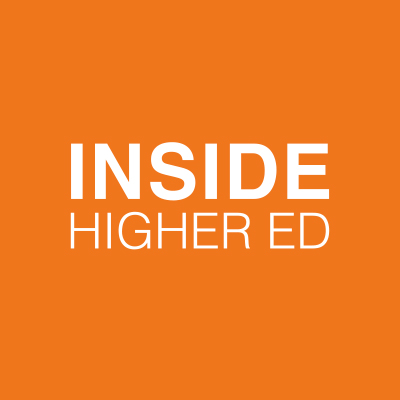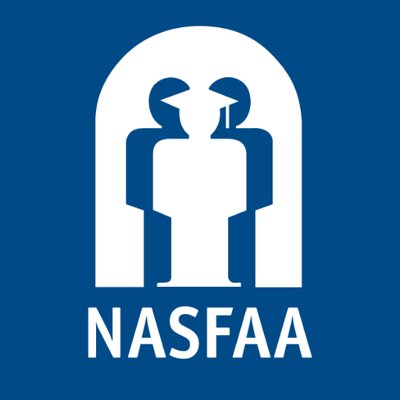
The New York Times
May 28, 2019 Value and Affordability
College graduates around the world were asked what they paid for higher education and how they financed it. Over 800 responses from students across 40+ countries show how government policies can shape the personal and professional choices of young adults as they begin their careers.

Education Dive
May 22, 2019 Student Success, Value and Affordability
Flagship universities in 46 states have grown their non-need-based aid pools faster than need-based, as tuition discounting has been used to grow enrollment and attract wealthier students. However, some colleges are recently walking back their focus on merit and academic scholarships in order to focus on need-based aid.

Education Dive
May 22, 2019 Student Success, Value and Affordability
The Federal Work-Study program has existed for more than half a century, but many are concerned it is not fulfilling at least two of its mandates: helping low-income students afford college and offering employment that aligns with academic and/or career goals. Proposed legislative change will help allocate additional money and resources toward the program to make it more beneficial for the students it serves.

Chronicle of Higher Education
May 16, 2019 Student Success, Value and Affordability
As questions remain regarding the value and benefits of a college degree, the Bill and Melinda Gates Foundation is seeking answers. A newly created Commission on the Value of Postsecondary Education will measure and convey the economic value of a college credential. The commission aims to provide information for college administrators, policy makers, and students and families alike.

Education Dive
May 09, 2019 Student Success, Value and Affordability
Federal work-study programs have existed for decades to assist students in preparing for careers and to improve their financial security. As student needs continue to evolve, improvements to the FWS program model are crucial. Suggestions include increasing the pay rate and providing opportunities that are aligned with students’ academic and career interests. NASPA has developed a self-assessment rubric for colleges to use in improving on-campus employment opportunities for students.

Inside Higher Ed
May 03, 2019 Value and Affordability
In a recent poll of over 3,000 young adults aged 18-29, more than half answered they support free college, even with an estimated $47 billion price tag. Although other research has shown declining trust in higher education, more than half of poll participants indicated they trust their administrators all or most of the time.

Education Dive
March 12, 2019 Student Success, Value and Affordability
Work-study programs can both improve career readiness and retention on college campuses. A new report from NASPA explores how colleges and universities can design and administer on-campus student employment as a high-impact practice.

Education Dive
February 26, 2019 Enrollment Management Trends, Value and Affordability
Despite state funding for public two- and four-year colleges decreasing in recent years, only 29% of U.S. adults correctly recognized this trend. Across the country, colleges are trying to make up the deficits by increasing tuition, retaining less faculty, removing courses, and even shutting down campuses. If voters do not see this as a prevalent issue, it will be difficult to make the case for increased state investment.

National Association of Student Financial Aid Administrators
February 19, 2019 Student Success, Value and Affordability
Black students struggle disproportionately compared to any other racial groups when it comes to student loan debt. On average, Black students finish college with more debt than their white counterparts. Much of this can be attributed to less financial and academic resources and lower earnings post-graduation.

Chronicle of Higher Education
February 13, 2019 Enrollment Management Trends, Value and Affordability
Instagram users with large followings attract brands who wish to promote their products or services to their audiences. A select few influencers have partnered with U.S. Department of Education to post about the importance of completing the FAFSA with the hashtag #ButFirstFAFSA. Influencers are sharing their inspiring stories about attending college and the benefits of federal aid.